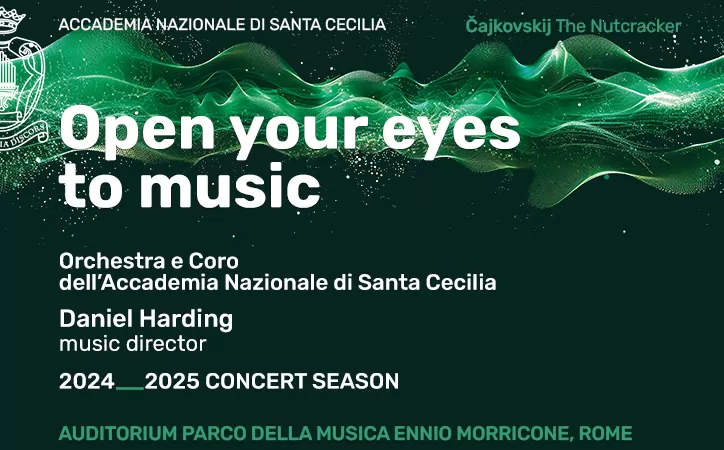The restoration of Rome's Turtle Fountain
Rome is full of fountains. There is one for almost every square in the historic centre, gushing, sprinkling and sparkling, to the delight of passers-by. Among them is the newly restored Turtle Fountain in Piazza Mattei near Largo Argentina, unveiled at the end of July after almost a year of painstaking work. The fountain comprising four bronze figures holding up a marble basin was built between 1581 and 1588 to designs by Giacomo della Porta and Taddeo Landini, and it is thought that the turtles from which it gets its name were added in 1658 by either Gian Lorenzo Bernini or Andrea Sacchi on Pope Alexander VIIs request.
The reason for the most recent restoration was a huge build-up of limestone caused by the change of water supply in 1991 from the ancient Acqua Vergine aqueduct, which was low in limestone, to the citys main, centralised water supply.*
We didnt expect the layer of limestone to be so thick, says Marco di Raimo, one of the team that carried out the 300,000 restoration of the monument. Once it was removed, we were amazed by the beauty of the fountain, he continues. In some places the deposits were as much as five centimetres deep and were relatively easy to remove. More attention and care were required where the limestone was thinner.
Now returned to its former lustre, the different marbles used in this work of art can be clearly distinguished. For example, the shell decorations are all made of African marble, which the experts believe was taken from archaeological sites around the city and re-used. Carrara marble is used for the inscriptions, and the central column is carved from pavonazetto, a precious and rare white marble with coloured veins, which was quarried in the ancient region of Phrygia, in modern-day Turkey.
For Annamaria Cusanno, the specialist from the citys arts and heritage department in charge of the restoration of the fountain, the work was also an opportunity for further research into the fountains significance. We discovered that one of the statues is thought to be St John the Baptist, the one facing the corner of Via Paganica, Cusanno says. It has longer limbs than the other statues. In fact, this statue is the only one of the four bronzes actually touching one of the turtles and the only one not to have wind-swept hair. We are studying the history and architecture of the fountain to find an answer to such puzzles, Cusanno continues. It is still not known whom the other three statues represent.
The four bronze figures bending under the weight of the fountains big upper basin now shine splendidly. In ancient Greek and Roman civilisation bees wax was spread on all bronze statues not only to protect them from rain, but also to make them gleam from a distance. These days a special long-life wax has been used instead. Since the last time the fountain was restored in 1978, there has been much progress in the techniques, materials and tools of restoration. However, to keep a fountain in shape requires polishing at least once a year; but even after only a few months white streaks the first signs of new limestone deposits are showing up on all the bronzes.
The restoration of the Turtle Fountain also included the installation of a hydraulic system that constantly monitors the levels of chemical components in the water, and signs around the fountain warn the public not to drink the water. The old copies of the bronze turtles have been replaced by new ones, which are as beautiful as the originals now kept in the Capitoline Museums since one was stolen in 1979.
For Romes city authorities, the work on the Turtle Fountain is just part of a larger and more ambitious plan to restore squares in the historic centre, including Piazza Capranica, Piazza Maddalena, Piazza di Spagna and Piazza Navona. All of these squares have now been pedestrianised, including Piazza Mattei, where large stone containers for flowers have been placed down one side of the square to prevent cars driving round the fountain.
Fountains in ancient times were part of life of different civilisations. They were present in Babylonia, Egypt, Greece and Rome. Today their presence reminds us of how our urban life and architecture have been shaped by the ancient world. Now, as then, water is an important commodity, but listening to its constant trickle in a fountain is perhaps also a reminder of its hidden beauty and simplicity.
* Until recently many of the ancient aqueducts still fed different areas of Rome and its network of fountains. However, today the whole of the citys water supply, which comes from nine different sources Peschiera, Capore, Acqua Marcia, Acquoria, Salone, Pantano Borghese, Finocchio, Torre Angela and Lake Bracciano is centralised and distributed around Rome by four aqueducts. Therefore the quality of the water reaching the fountains can be monitored only by special site-specific filter systems.
Giacomo della Porta (1533-1602)
As well as contributing to the construction of the Chiesa del Ges and the reconstruction of St Peters basilica, Giacomo della Porta was responsible for many of Romes late 16th-century fountains, which were all supplied by the Acqua Vergine aqueduct. Della Porta was responsible for, or contributed to, fountains in the following squares:
Piazza del Popolo (now in Piazza Nicosia)
Piazza Colonna
Piazza Navona (Fontana del Moro and Fontana del Nettuno)
Piazza della Rotonda
Piazza Mattei
Piazza della Madonna dei Monti
Piazza dellAra Coeli
Piazza Montanara
(now in Piazza S. Simeone)
Piazza Campitelli
Piazza Giudea (now in Via del Progresso/Piazza delle Cinque Scole)




















